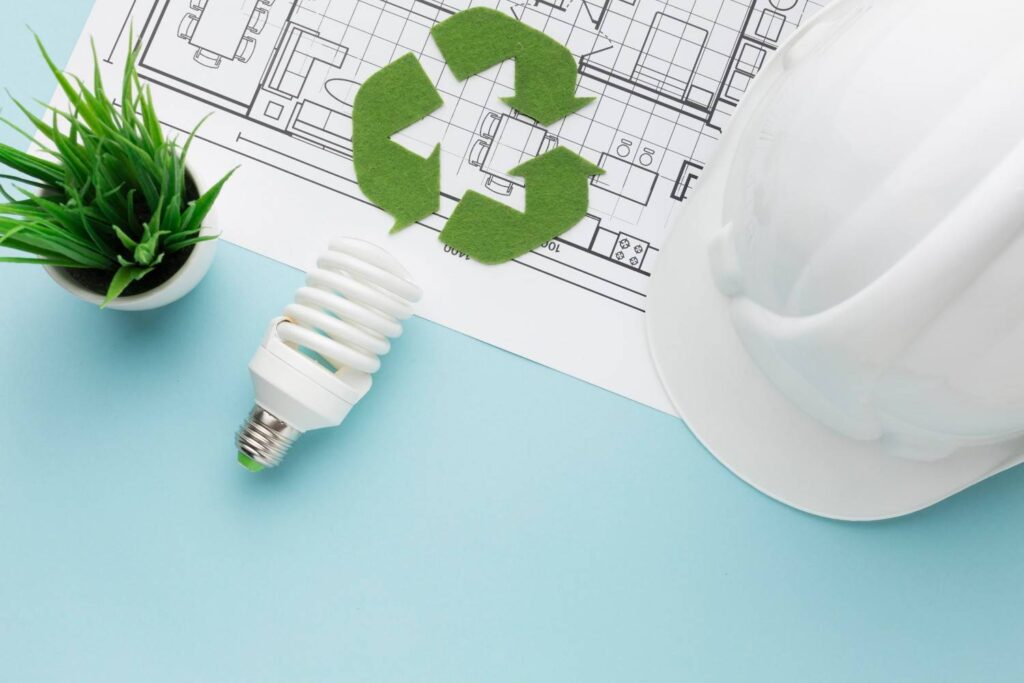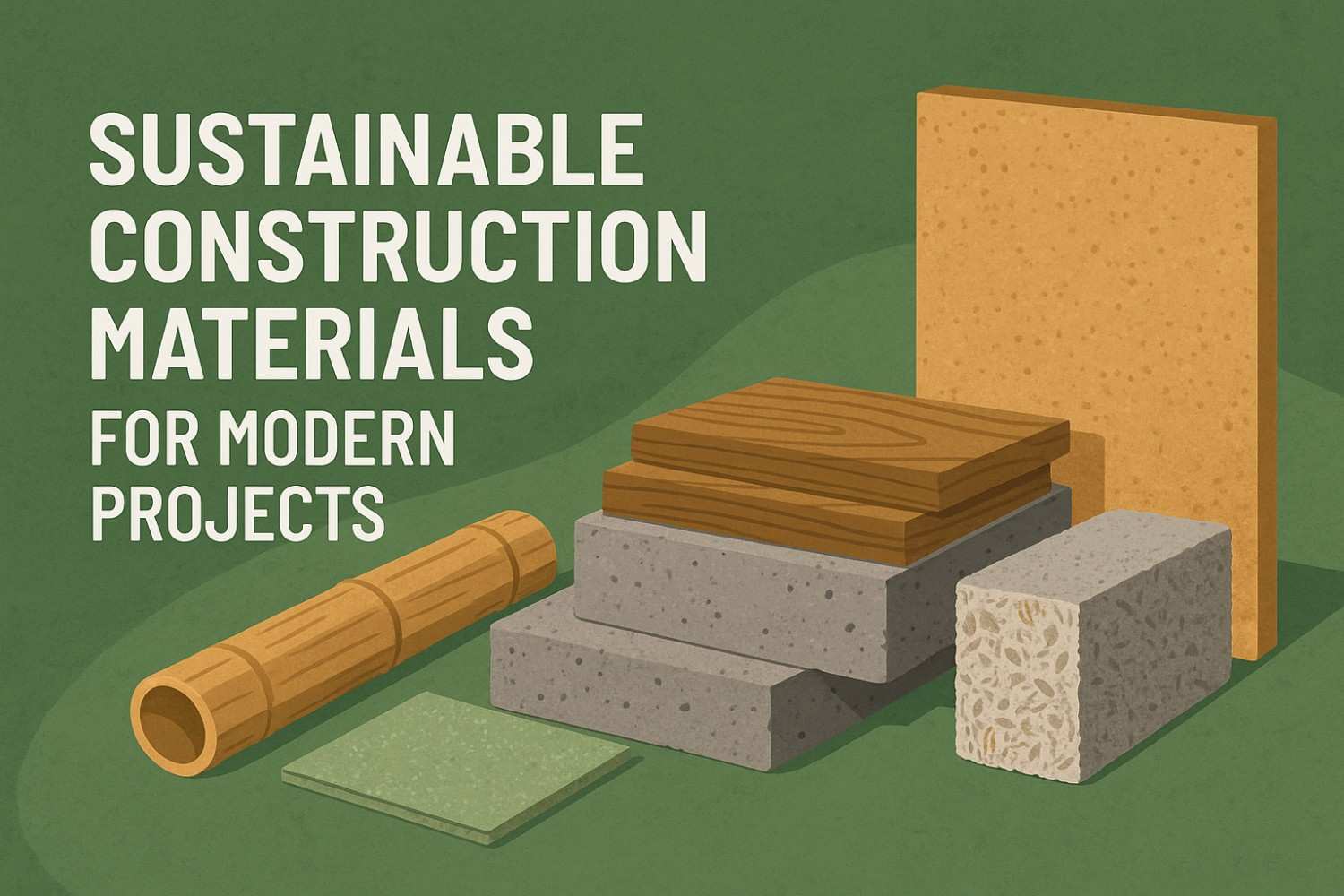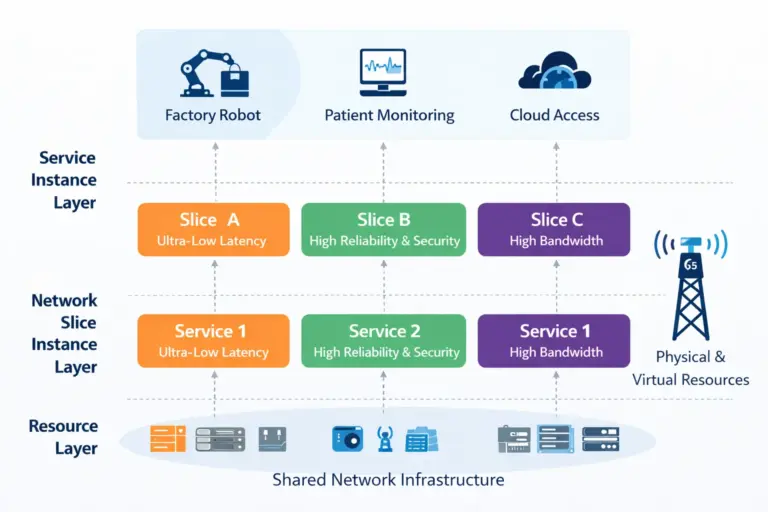The construction industry is experiencing a significant shift. Builders, architects, and property owners are increasingly prioritizing eco-friendly practices that reduce environmental impact while maintaining structural integrity and aesthetic appeal.
What Makes a Material Sustainable?
Not every material marketed as “green” or “eco-friendly” truly meets sustainability standards. A genuinely sustainable construction material should satisfy several criteria throughout its lifecycle.
Lifecycle assessment evaluates a material from extraction or production through its use and eventual disposal or recycling. Materials with lower environmental impacts at each stage earn higher sustainability ratings.
Recyclability matters significantly. Materials that can be repurposed or recycled at the end of their useful life prevent waste from accumulating in landfills and reduce the need for virgin resources.
Renewability refers to whether a material comes from sources that can regenerate relatively quickly. Bamboo, for instance, grows much faster than traditional hardwoods, making it a renewable alternative.
Carbon footprint measures the total greenhouse gas emissions associated with a material—metal portable building in Lafayette, LA. Lower carbon footprints indicate more sustainable options that contribute less to climate change.
Certifications like LEED (Leadership in Energy and Environmental Design) help verify sustainability claims. These third-party assessments provide reliable standards for evaluating materials and ensuring they meet recognized environmental benchmarks.
Top Sustainable Materials for Construction
Several materials have emerged as leaders in sustainable construction. Each offers unique properties that make them suitable for different applications.

Bamboo
Bamboo has gained popularity as a building material due to its rapid growth rate and impressive strength. Some bamboo species reach maturity in just three to five years, compared to decades for traditional timber.
Pros: High tensile strength, naturally pest-resistant, aesthetically versatile, and carbon-negative (absorbs more CO2 than it releases during processing).
Cons: Limited availability in some regions, requires proper treatment to prevent moisture damage, and may need specialized installation techniques.
Use cases: Flooring, structural elements, decorative panels, and outdoor applications.
Reclaimed Wood
Reclaimed wood comes from old buildings, barns, factories, and other structures scheduled for demolition. This practice gives existing timber new life while preventing unnecessary tree harvesting.
Pros: Unique character and patina, reduces deforestation, often higher quality than new lumber, and eliminates processing emissions associated with new wood production.
Cons: Can be more expensive due to sourcing and preparation costs, may contain nails or hardware requiring removal, and availability depends on demolition schedules.
Use cases: Accent walls, flooring, beams, furniture, and architectural details.
Recycled Concrete
Concrete production generates substantial CO2 emissions, but recycling concrete from demolished structures significantly reduces this environmental burden. Crushed recycled concrete serves as aggregate for new concrete mixes or as base material for roads and foundations.
Pros: Diverts waste from landfills, reduces demand for virgin aggregate, lowers transportation costs when sourced locally, and maintains structural performance.
Cons: May contain contaminants requiring removal, quality varies depending on source, and limited use in some high-strength applications.
Use cases: Foundation work, driveways, pathways, and non-structural elements.
Hempcrete
Hempcrete combines hemp fibers with lime-based binders to create a lightweight, insulating building material. Despite its name, it doesn’t provide structural support like traditional concrete but excels as insulation.
Pros: Excellent thermal and acoustic insulation, breathable (regulates moisture naturally), carbon-negative, and resistant to pests and mold.
Cons: Not load-bearing, requires a structural frame, longer curing time than conventional materials, and limited contractor familiarity.
Use cases: Wall insulation, non-structural walls, and retrofit applications for existing buildings.
Cork
Harvested from cork oak tree bark without harming the tree, cork is a renewable resource with natural insulating properties. The bark regenerates, allowing the same tree to be harvested multiple times over its lifespan.
Pros: Renewable and biodegradable, fire-resistant, naturally antimicrobial, excellent sound and thermal insulation, and comfortable underfoot.
Cons: Higher cost than some alternatives, limited structural applications, and vulnerability to moisture without proper sealing.
Use cases: Flooring, wall coverings, acoustic panels, and underlayment.
Linoleum
True linoleum consists of natural materials including linseed oil, cork dust, wood flour, and natural pigments. It shouldn’t be confused with vinyl flooring, which is petroleum-based.
Pros: Made from renewable resources, biodegradable, naturally antimicrobial, durable with proper maintenance, and available in numerous colors and patterns.
Cons: Requires periodic sealing, can be damaged by excessive moisture, and needs professional installation for best results.
Use cases: Residential and commercial flooring, countertops, and wall applications.
Benefits of Using Sustainable Materials
Choosing sustainable materials delivers multiple advantages that extend beyond environmental responsibility.

Reduced Environmental Impact
Sustainable materials lower the construction industry’s contribution to deforestation, habitat destruction, and pollution. Many options sequester carbon or produce fewer emissions during manufacturing, directly addressing climate change concerns.
Improved Energy Efficiency
Materials like hempcrete and cork provide superior insulation, reducing heating and cooling demands. This translates to lower energy consumption throughout a building’s lifetime, decreasing both utility costs and carbon emissions.
Better Indoor Air Quality
Many conventional building materials release volatile organic compounds (VOCs) that compromise indoor air quality. Sustainable alternatives typically contain fewer harmful chemicals, creating healthier living and working environments.
Cost Savings Over Time
While some sustainable materials carry higher upfront costs, their durability and energy efficiency often result in long-term savings. Reduced maintenance needs, lower utility bills, and extended lifespans offset initial investments.
Enhanced Property Value
Green buildings attract environmentally conscious buyers and tenants willing to pay premium prices. Sustainable features can differentiate properties in competitive markets and may qualify for tax incentives or green building certifications that add value.
Challenges and Considerations
Despite their advantages, sustainable materials present certain obstacles that require careful planning.
Higher Upfront Costs
Many sustainable materials cost more than conventional alternatives initially. Budget constraints may limit their use, particularly in projects with tight financial margins. However, analyzing total lifecycle costs rather than just purchase prices provides a more accurate comparison.
Limited Availability
Some sustainable materials aren’t widely distributed, especially in certain geographic regions. This can complicate sourcing and increase transportation costs, potentially undermining environmental benefits if materials must travel long distances.
Need for Specialized Knowledge and Skills
Working with unfamiliar materials often requires additional training or hiring specialists. Contractors experienced with conventional methods may need education about proper installation techniques, maintenance requirements, and performance characteristics of sustainable alternatives.
Regulatory Hurdles
Building codes and regulations sometimes lag behind material innovations. Some jurisdictions may not have approved certain sustainable materials for specific applications, requiring additional testing, documentation, or variance requests that delay projects.
Conclusion
Sustainable materials represent an investment in both environmental stewardship and long-term building performance. As availability improves and industry knowledge grows, these materials will become increasingly accessible for projects of all scales.






